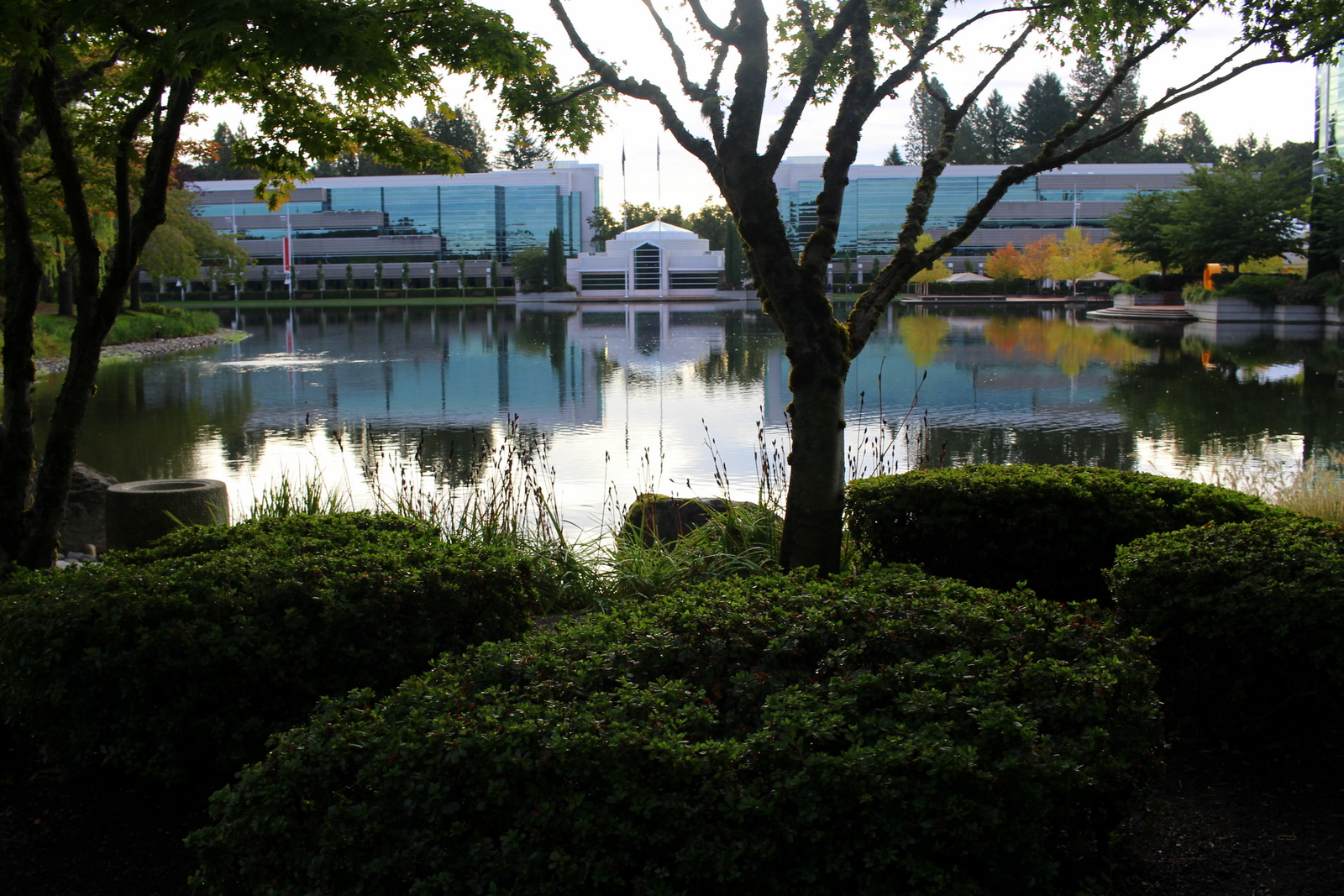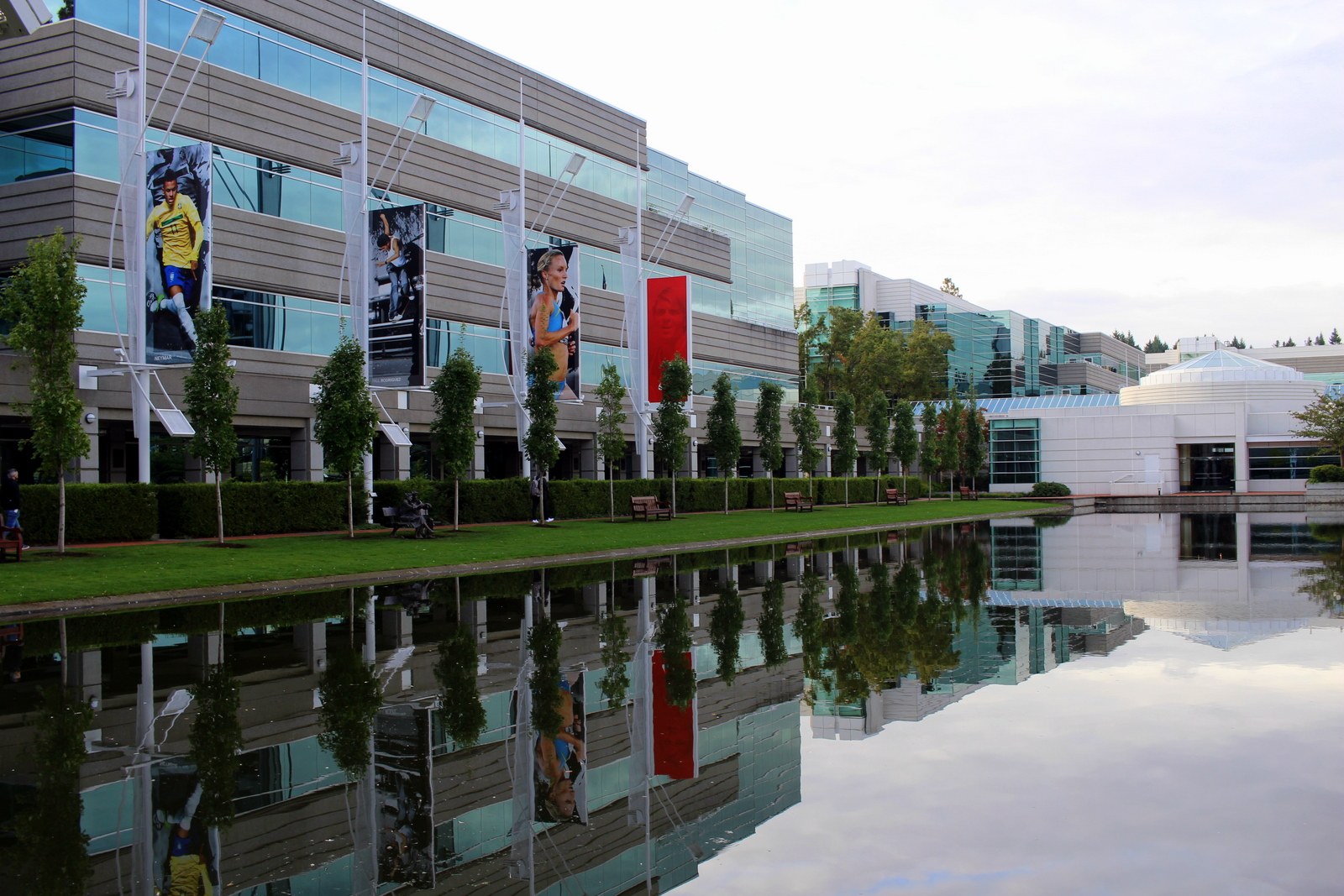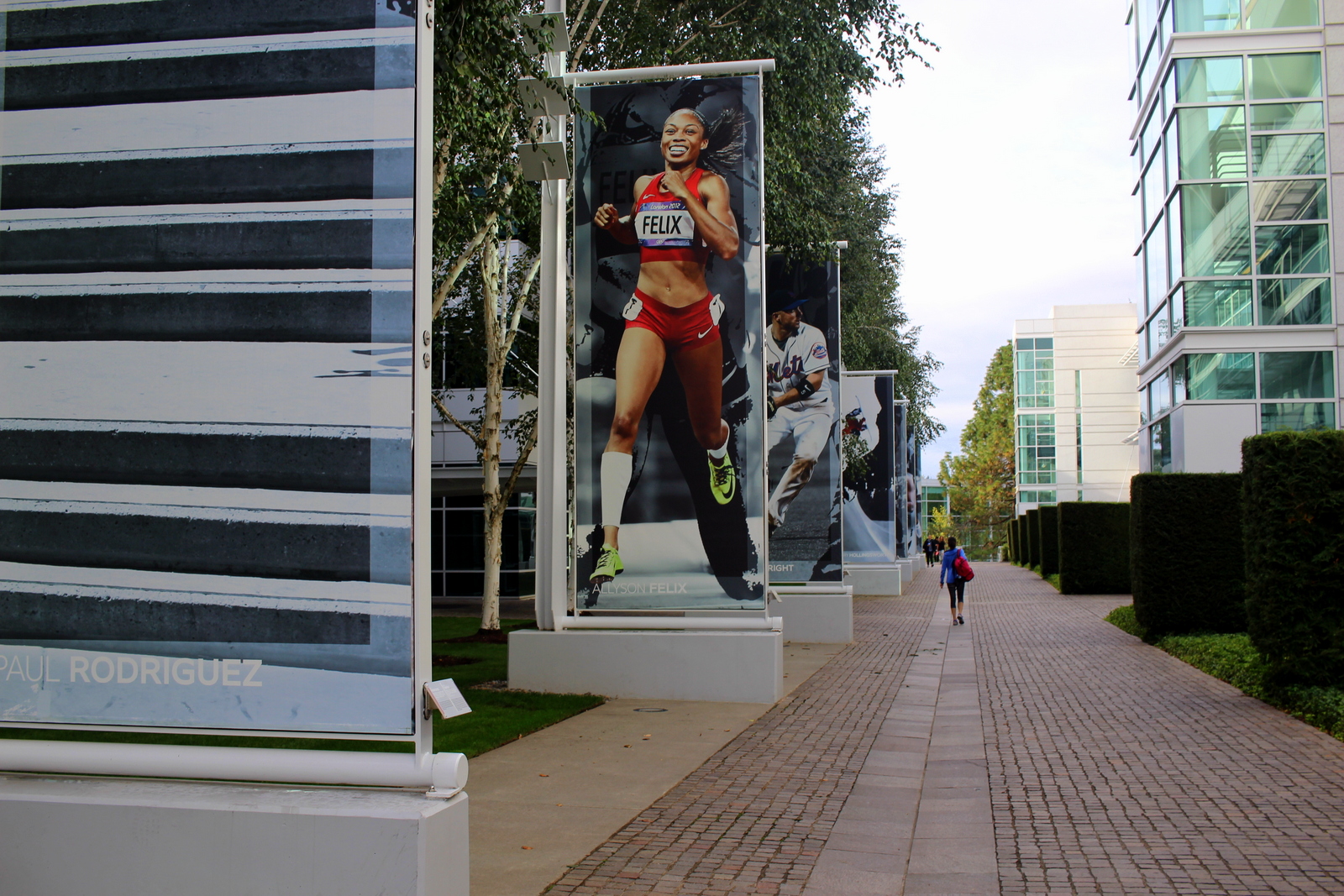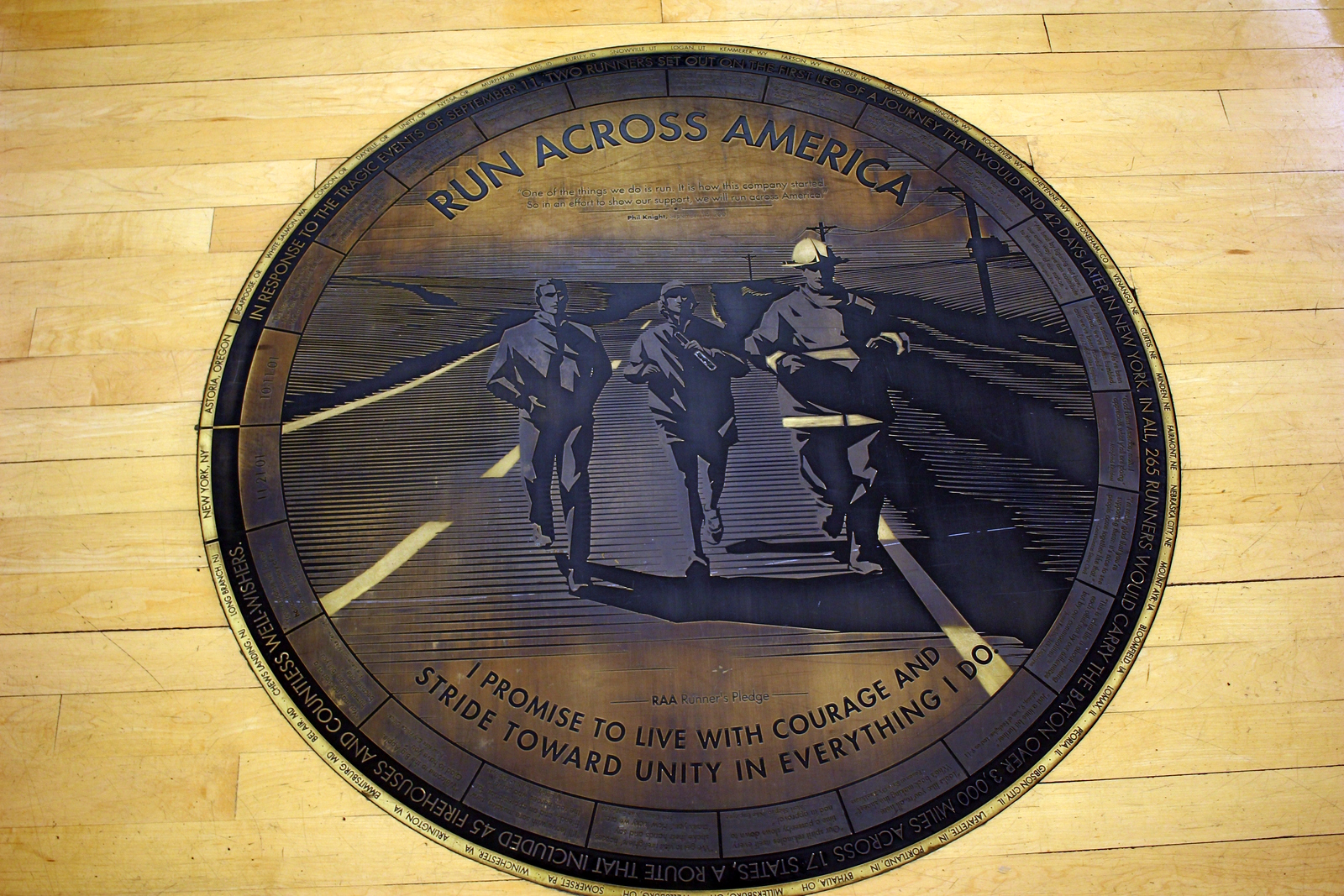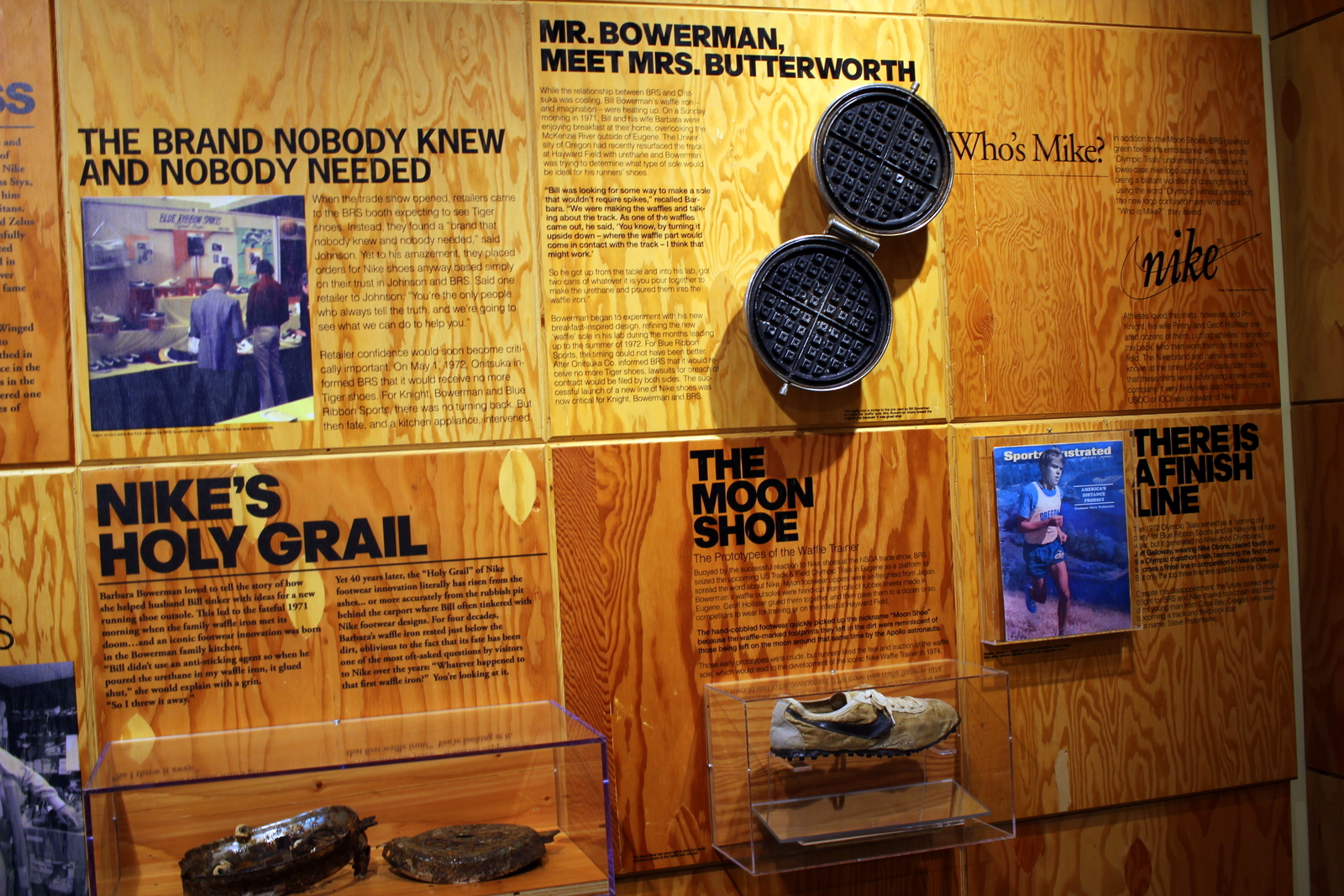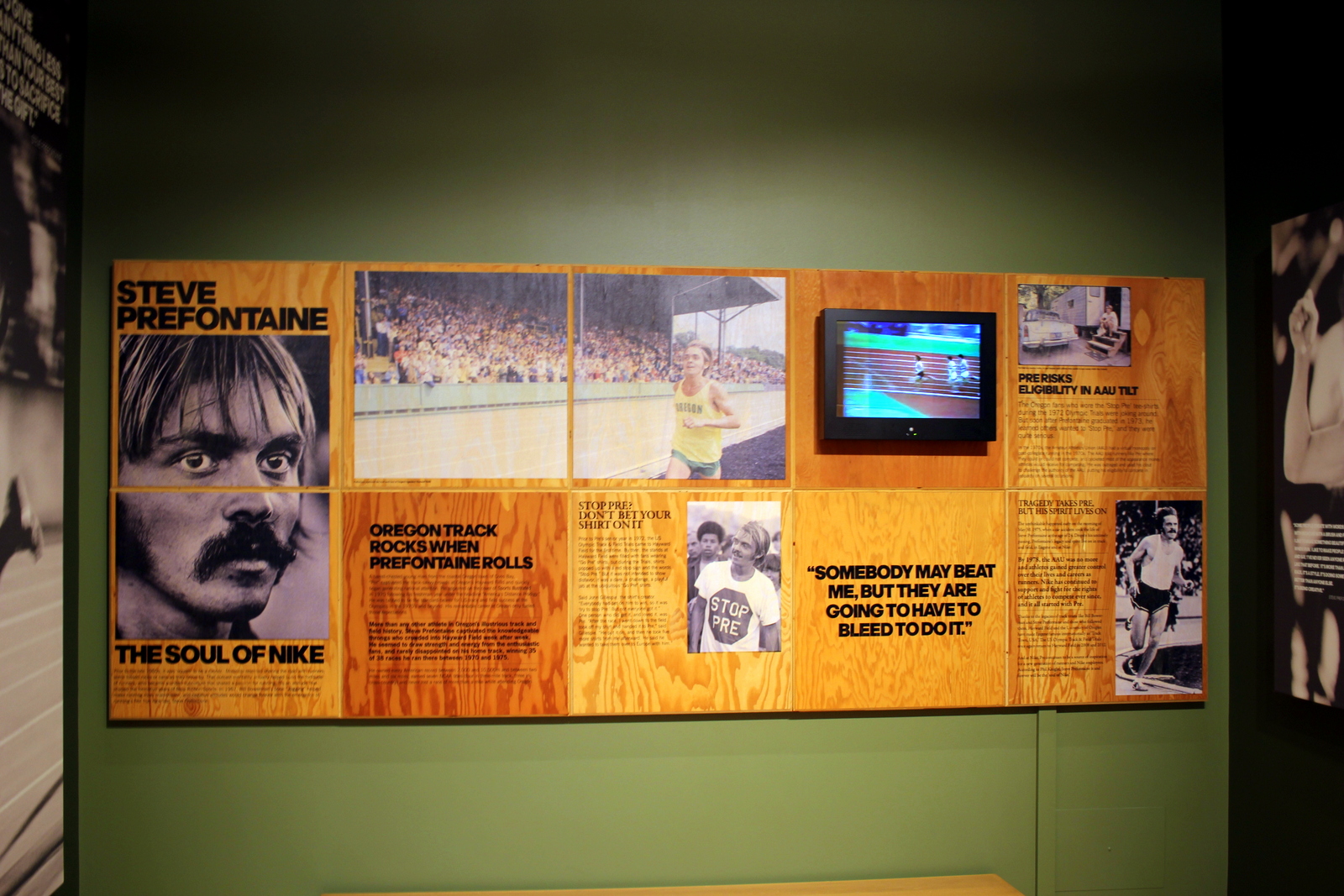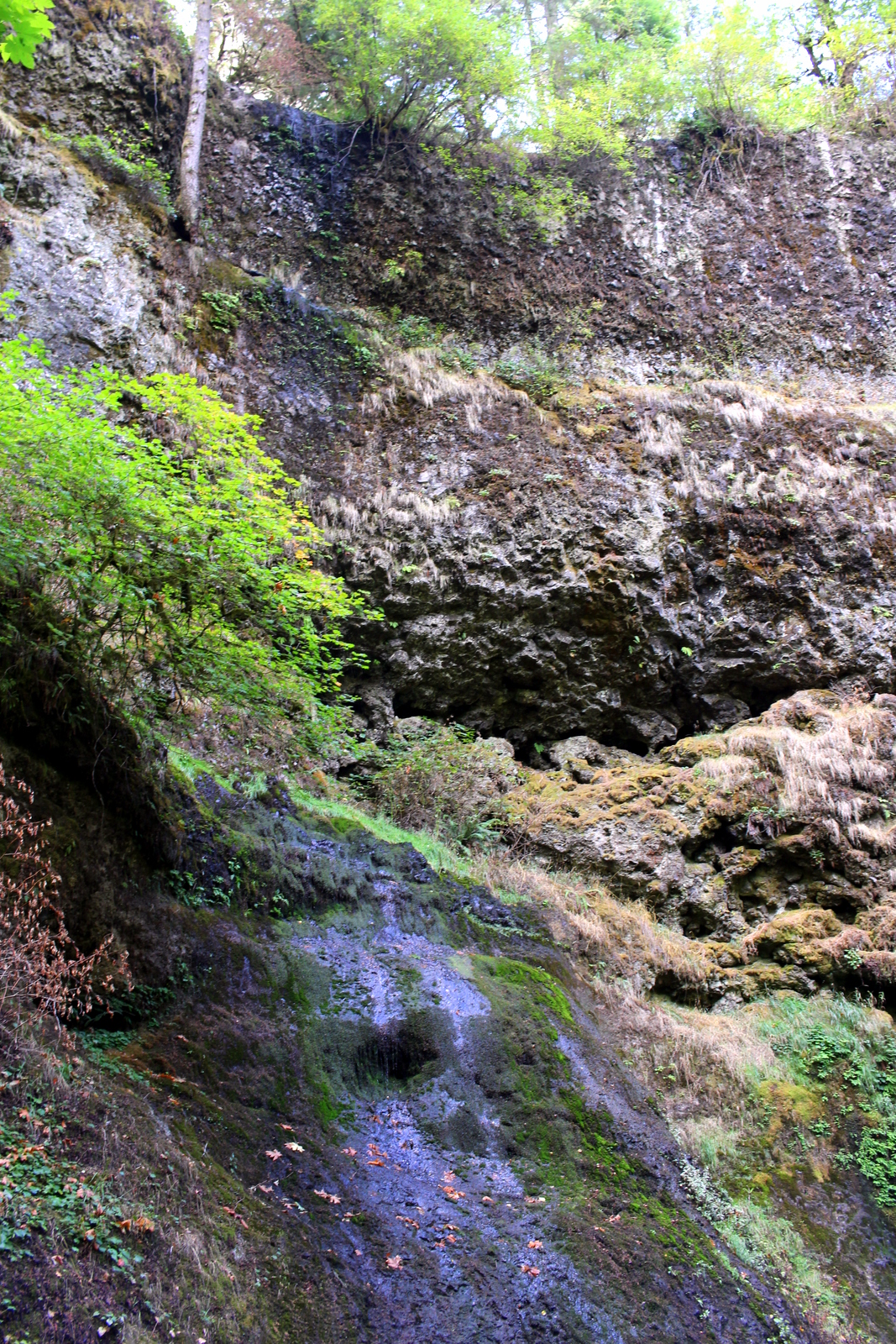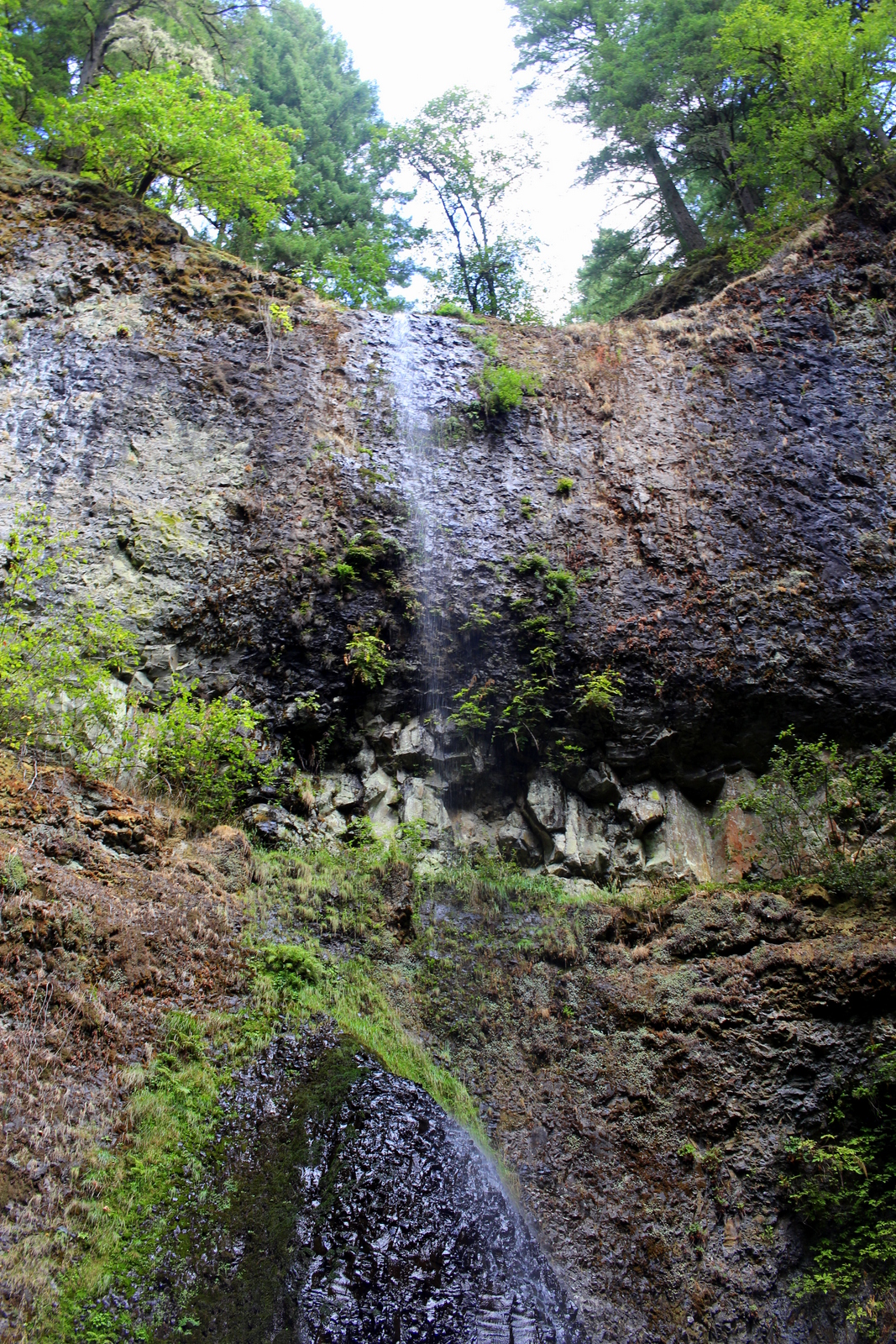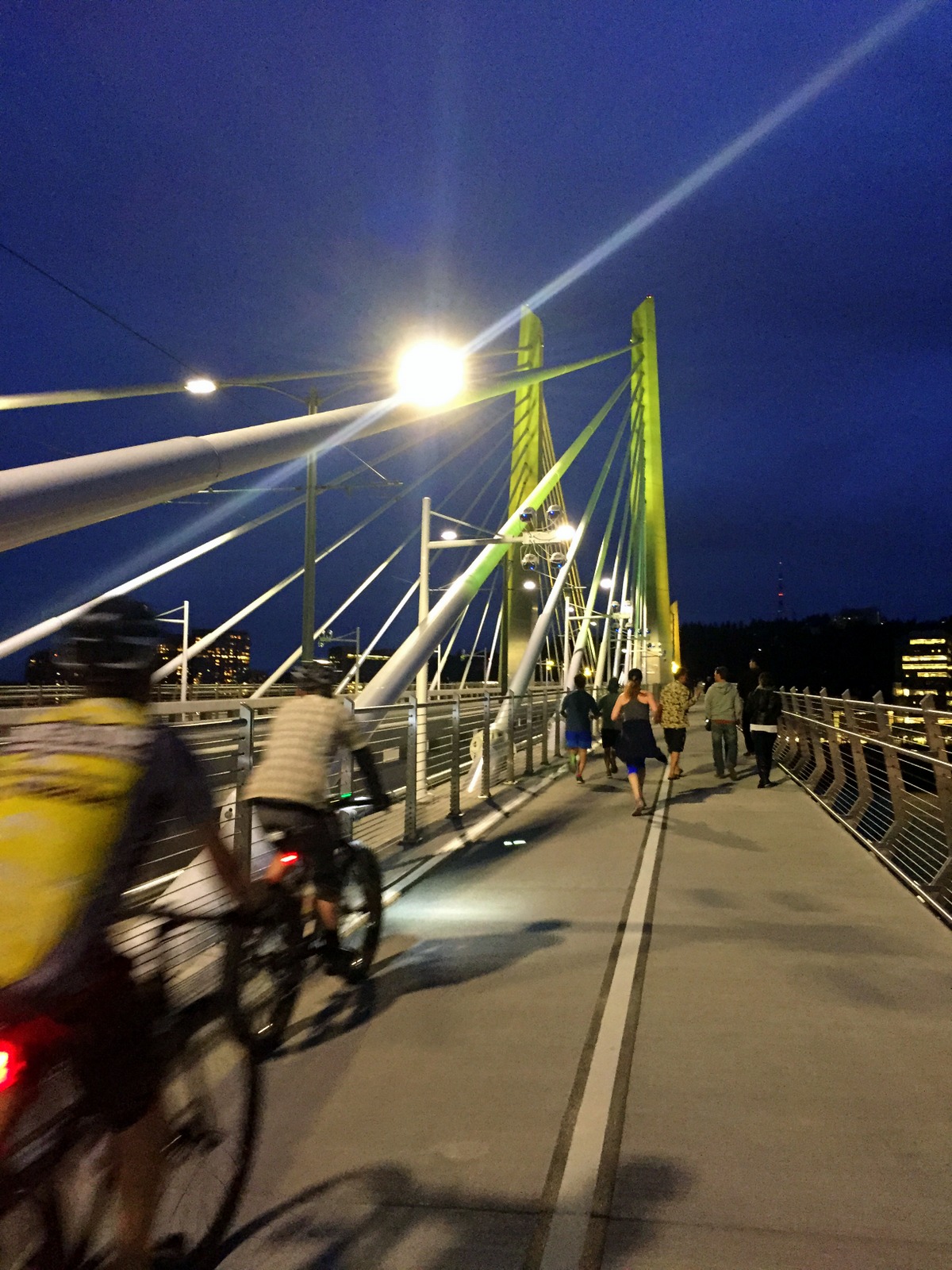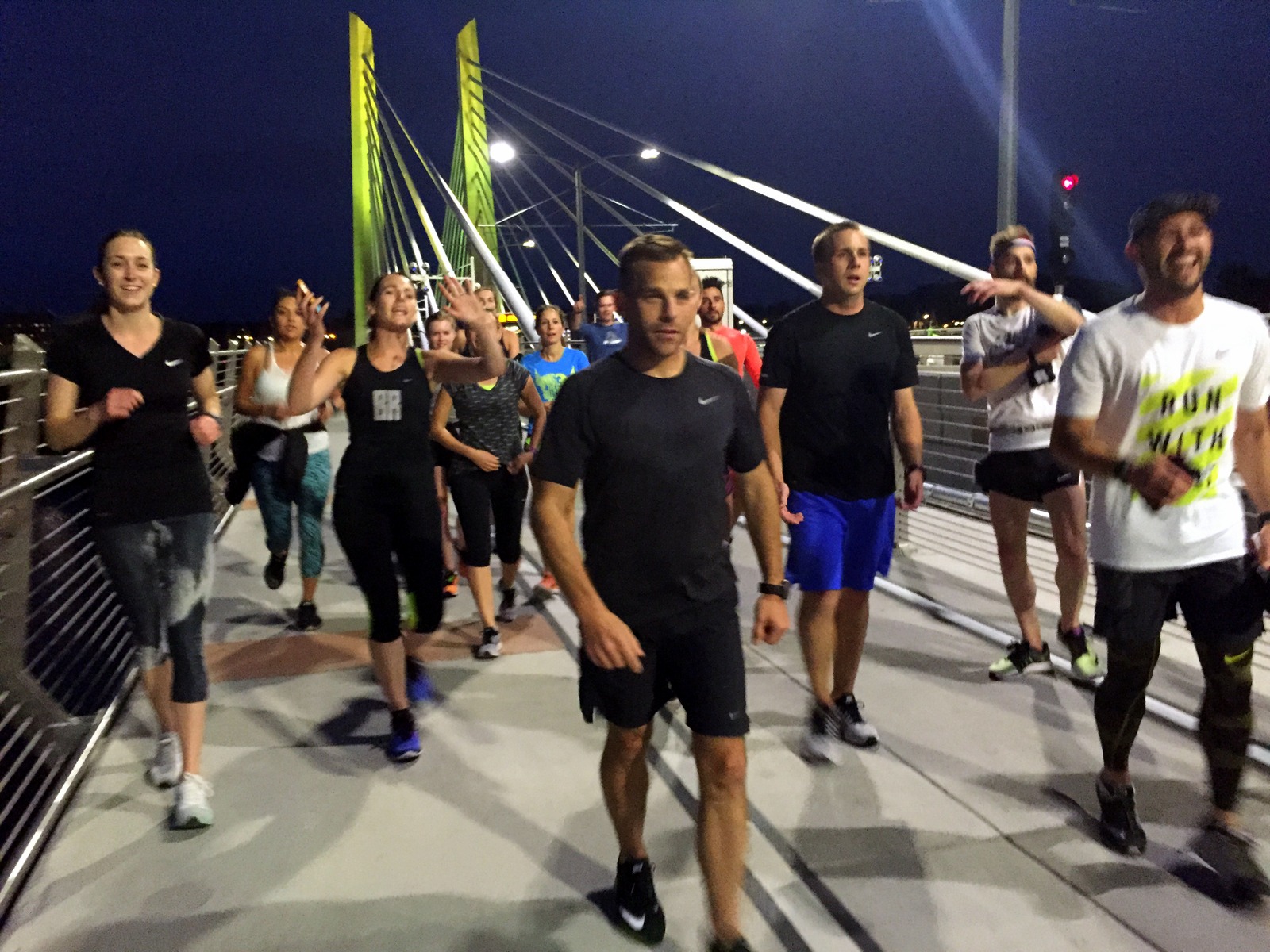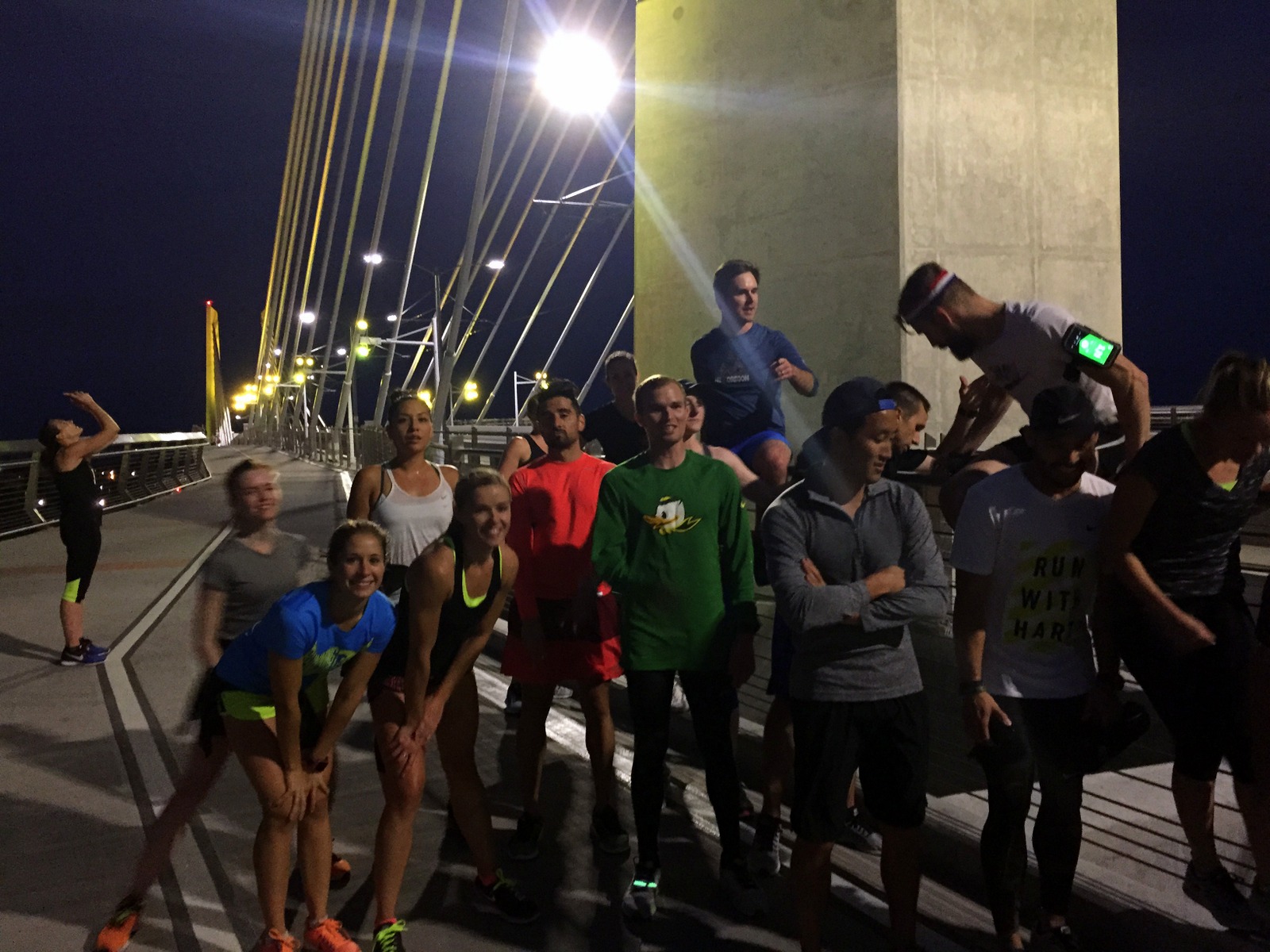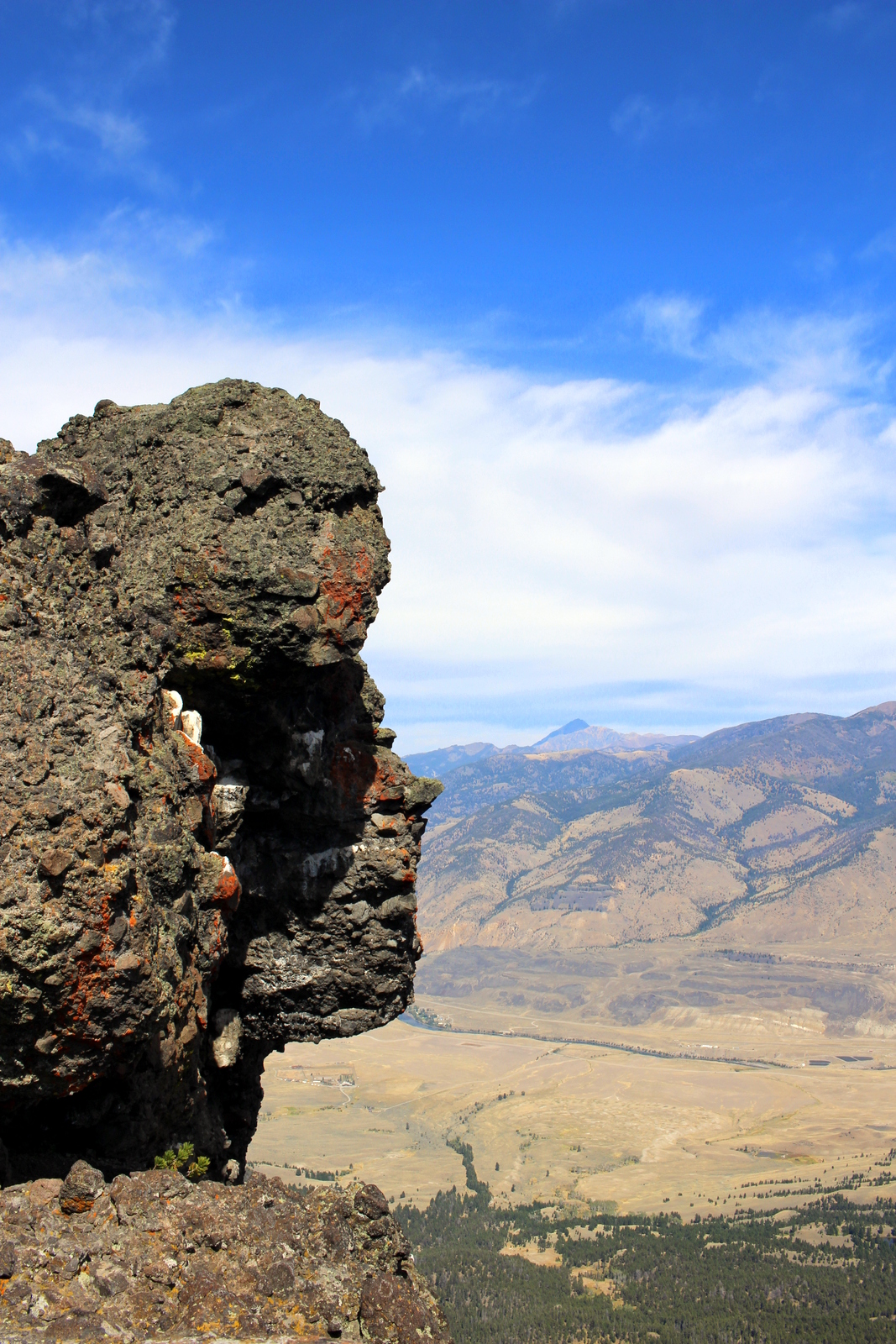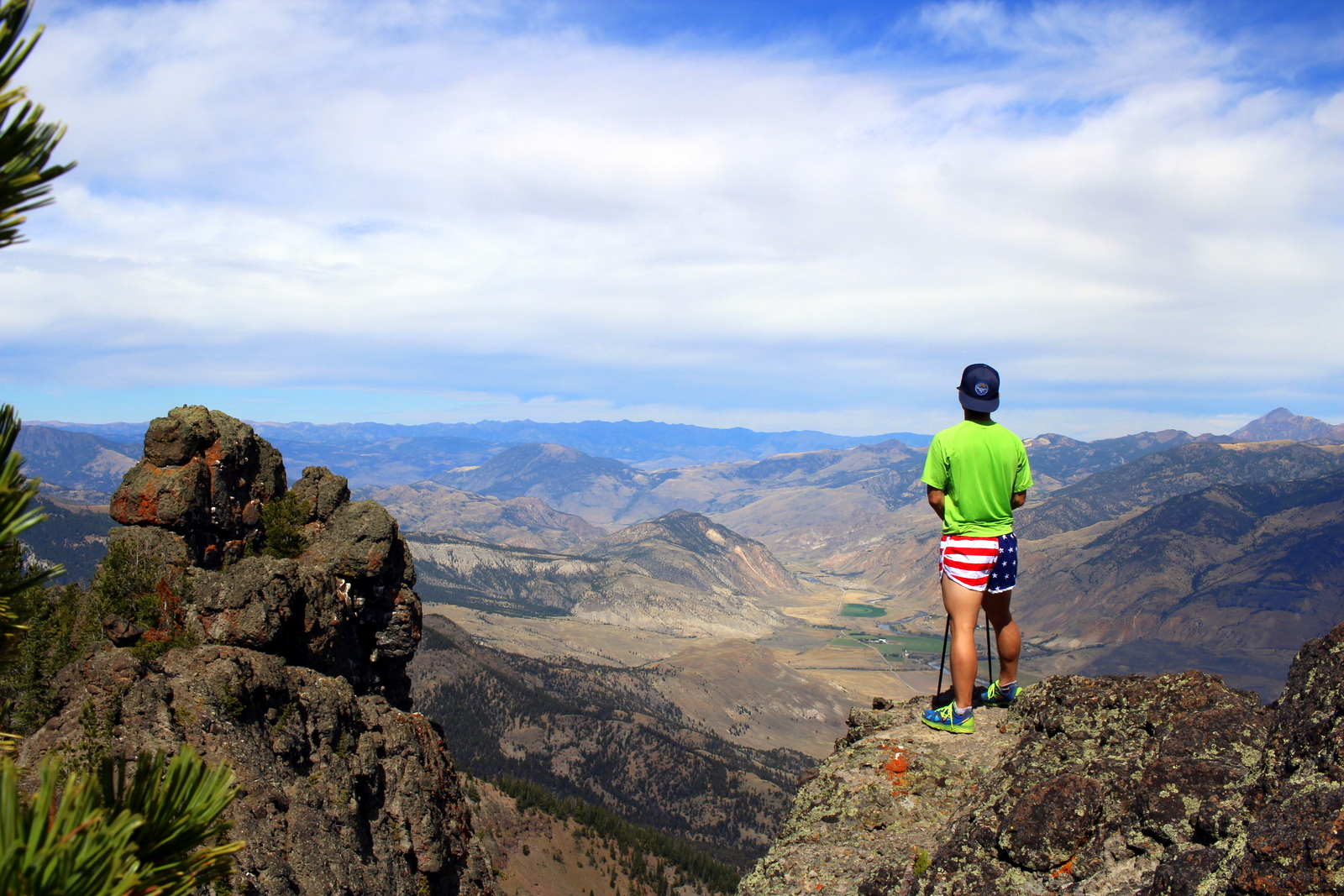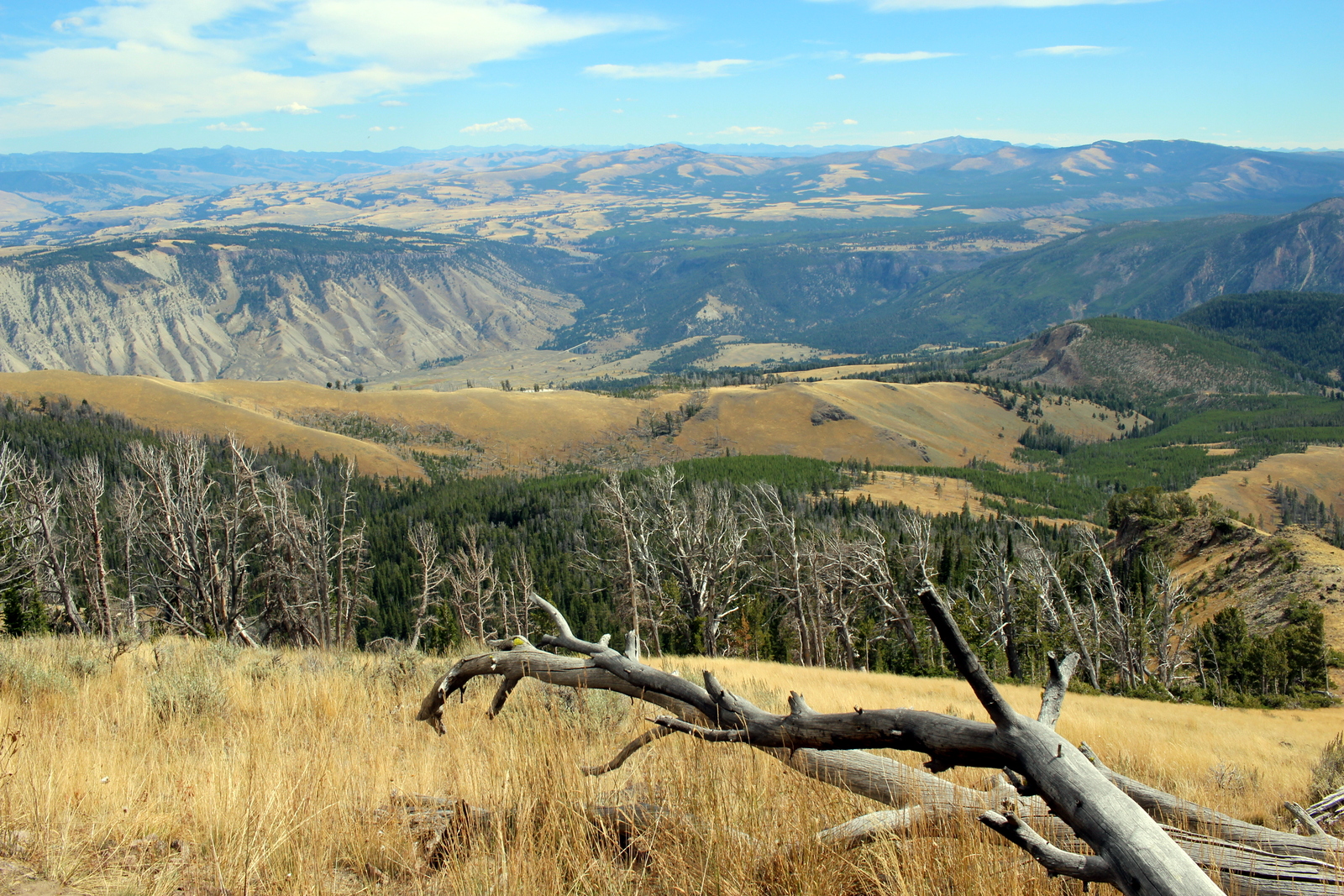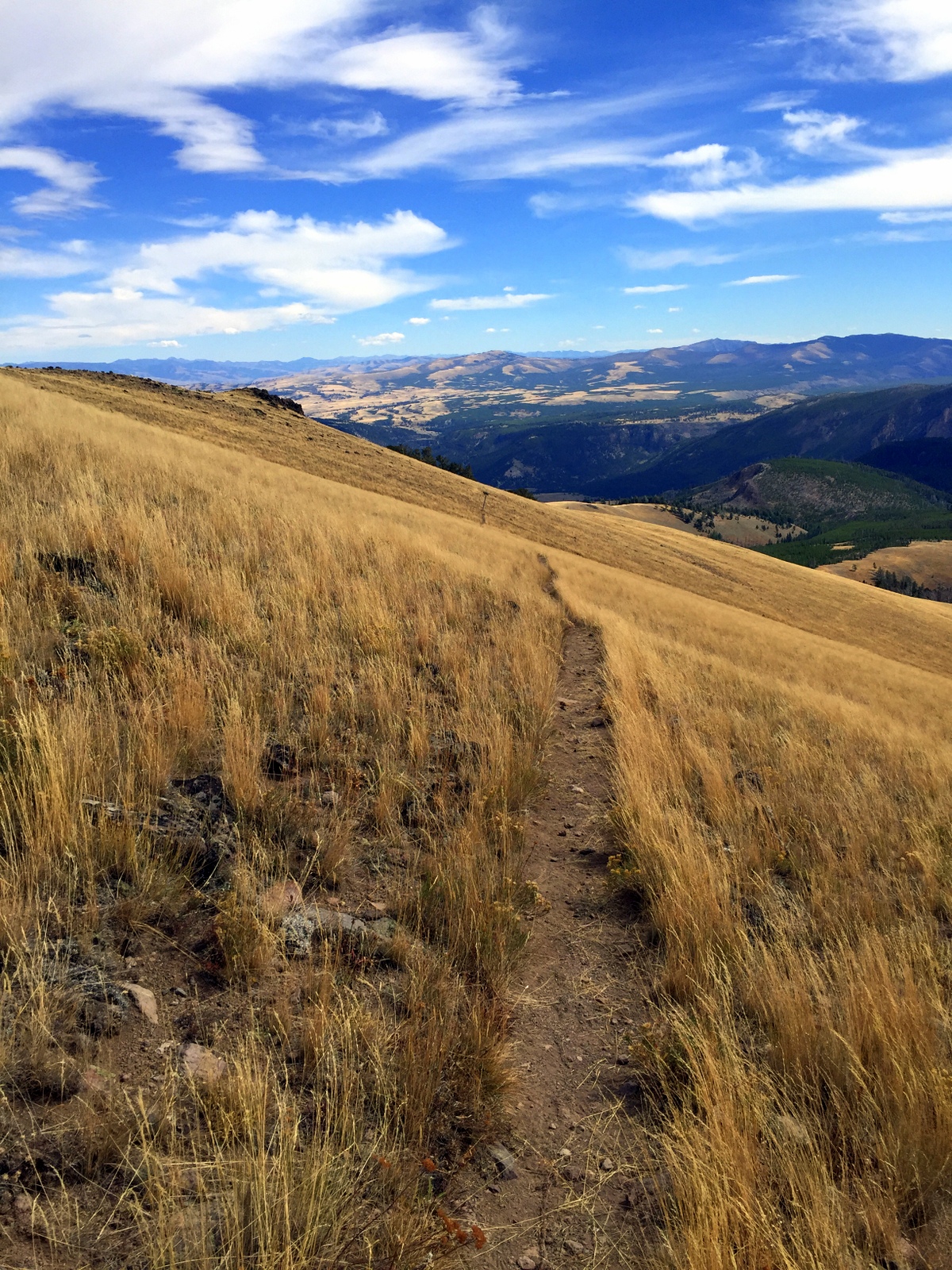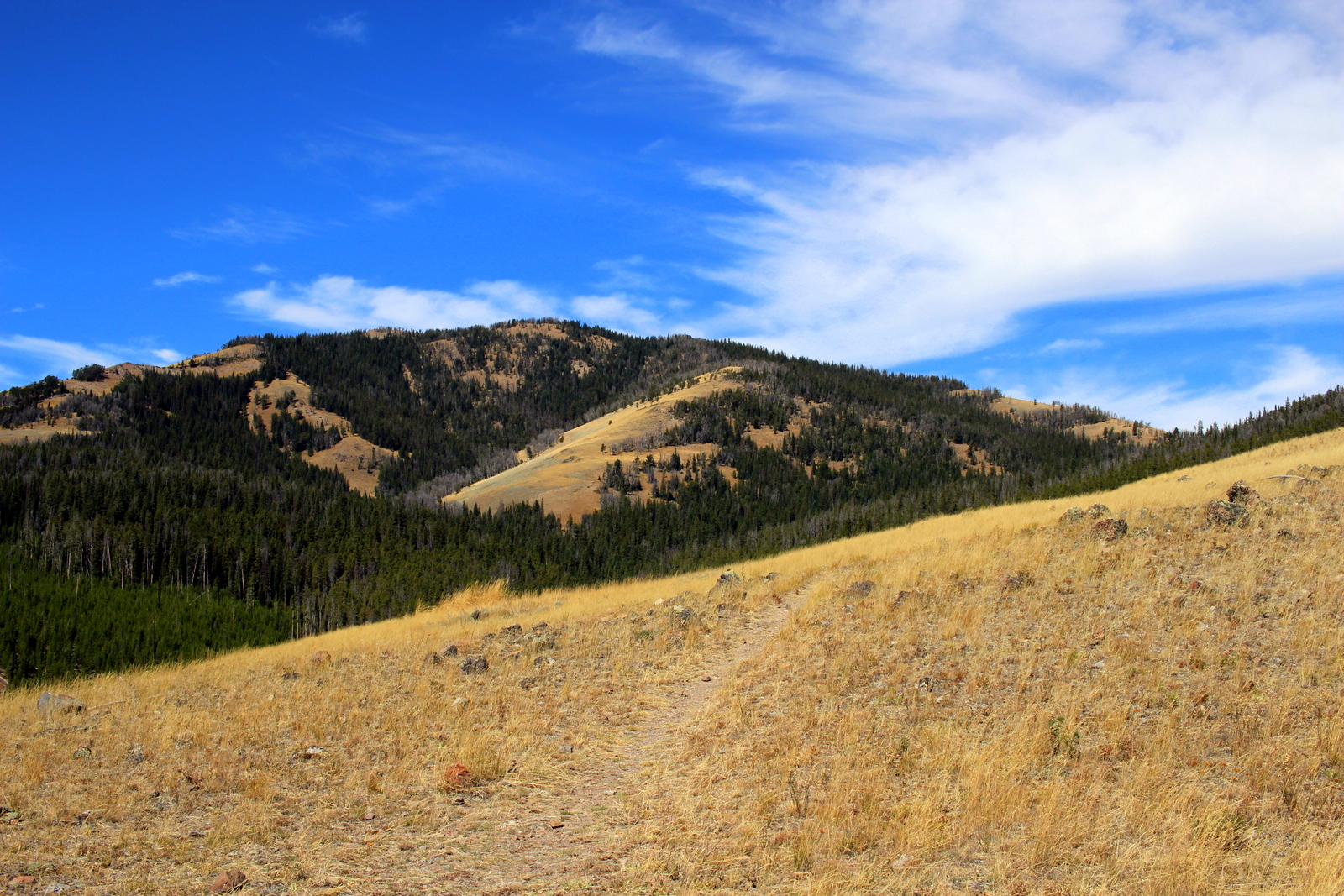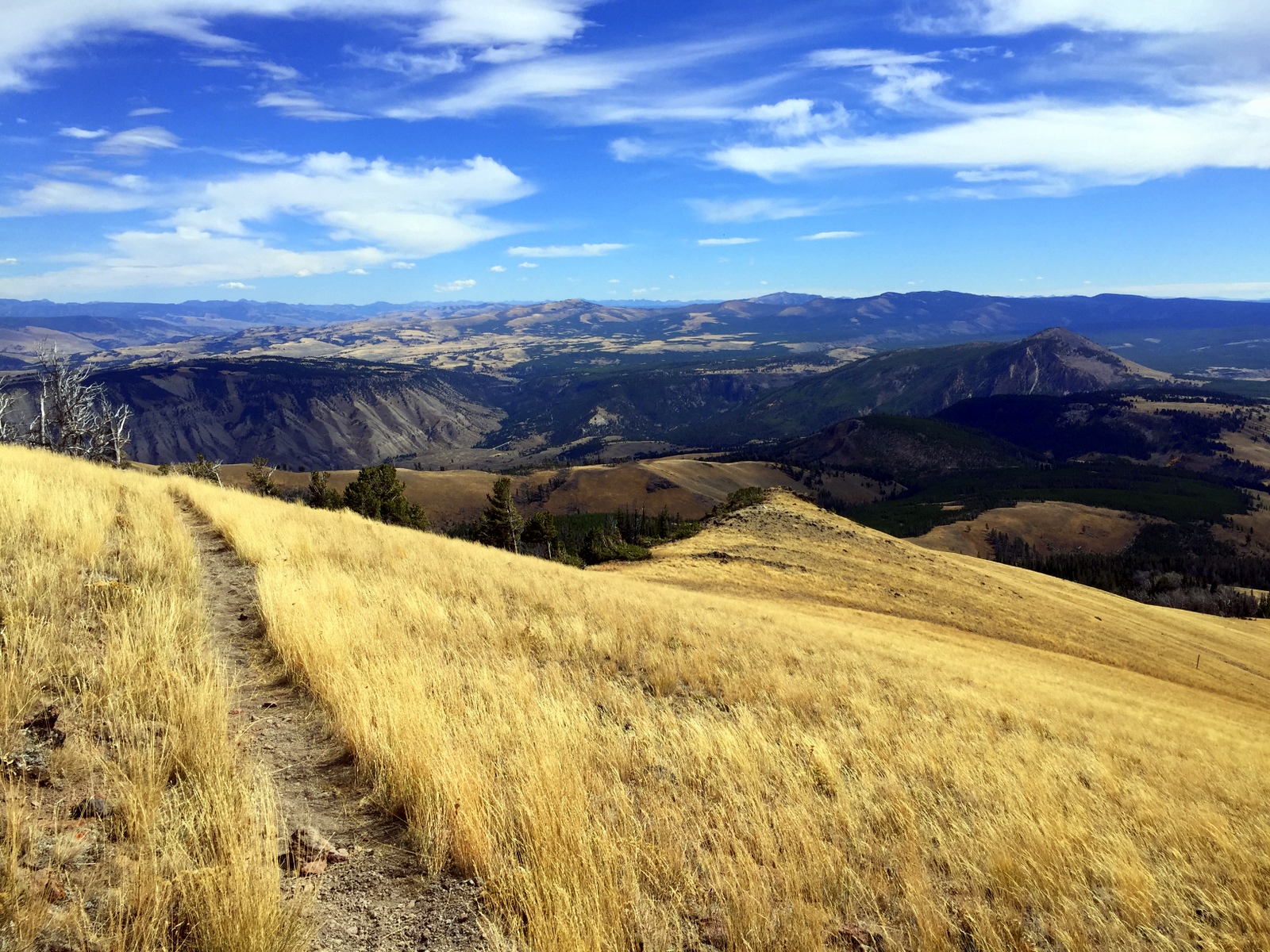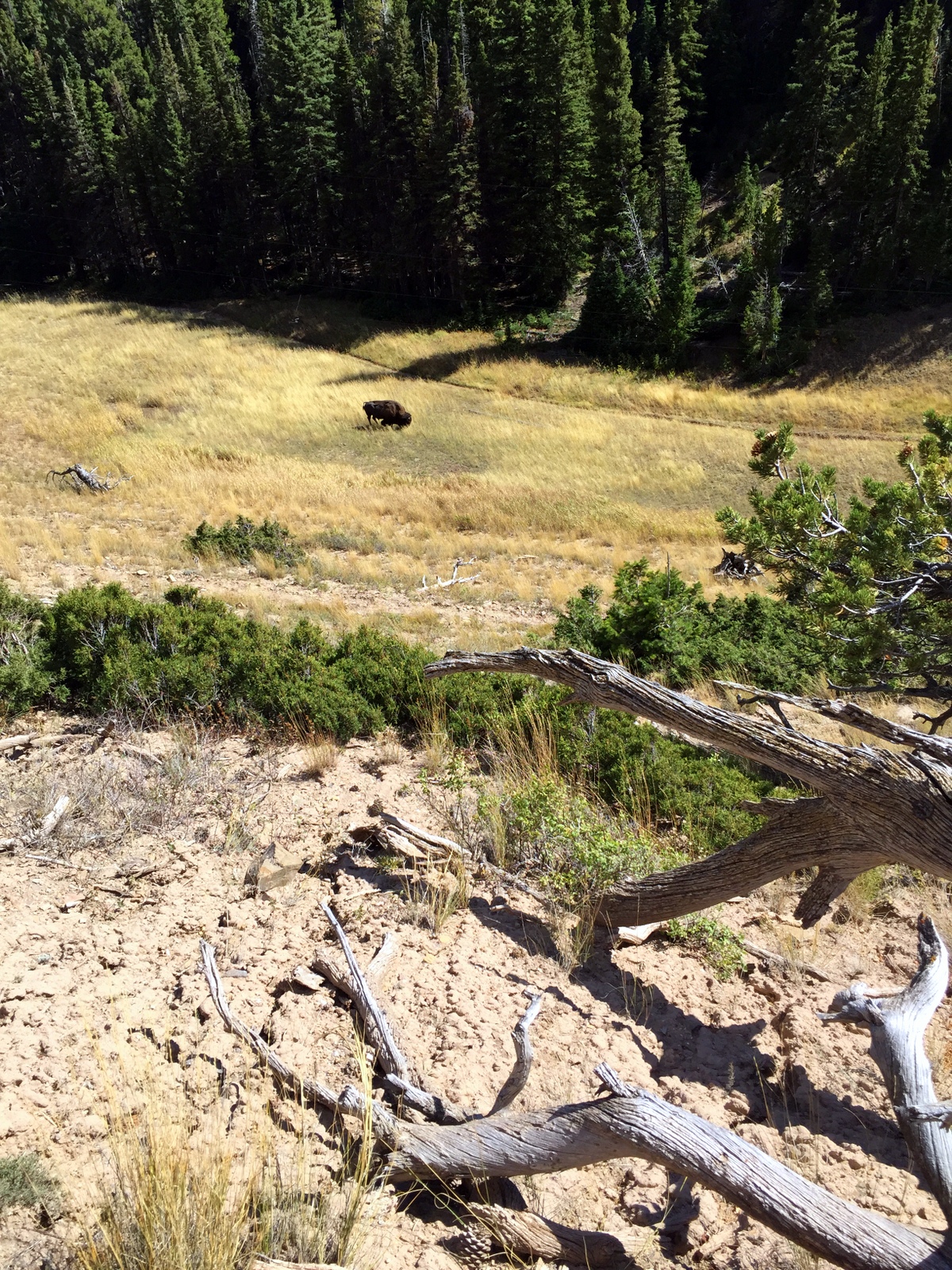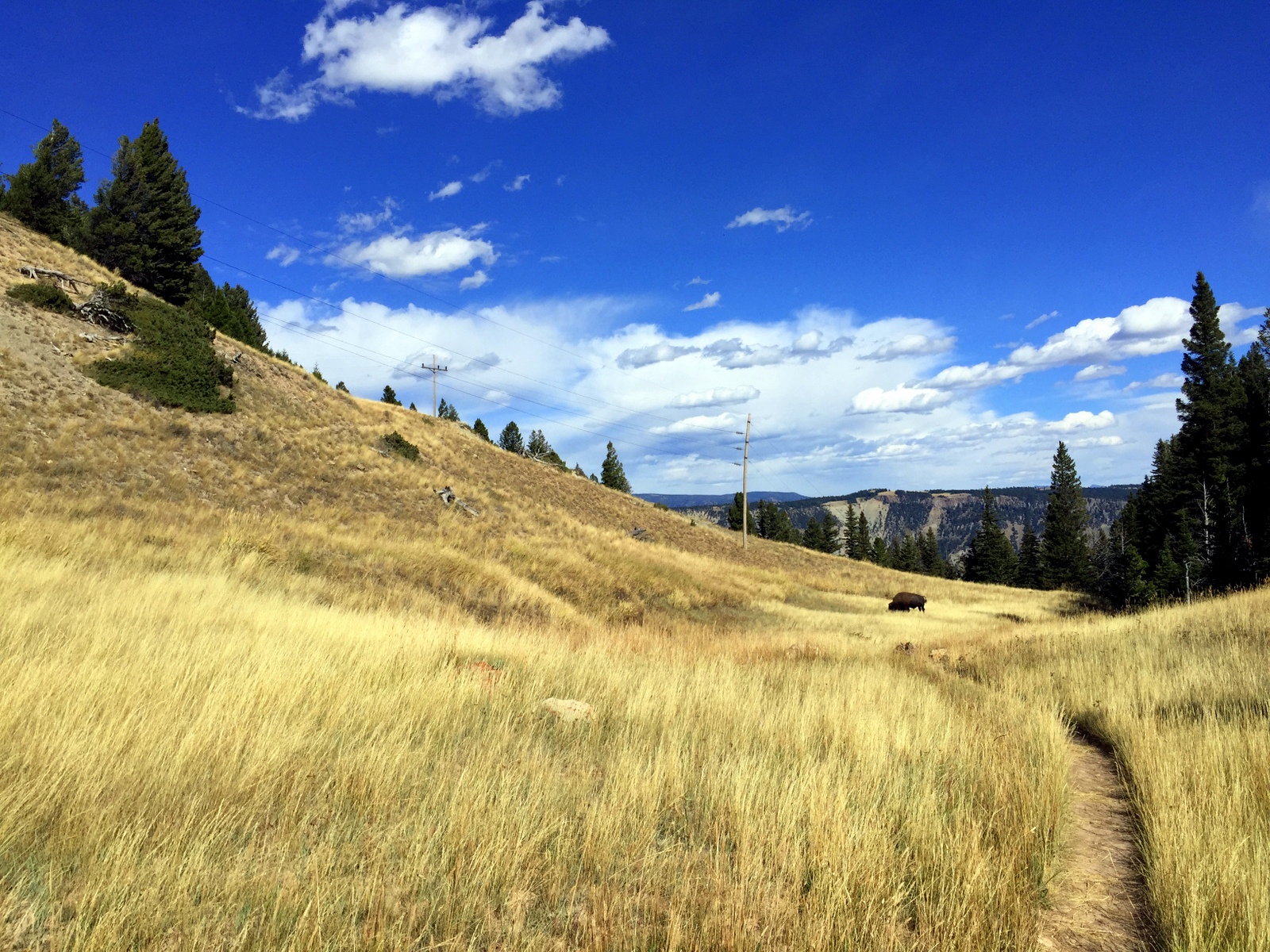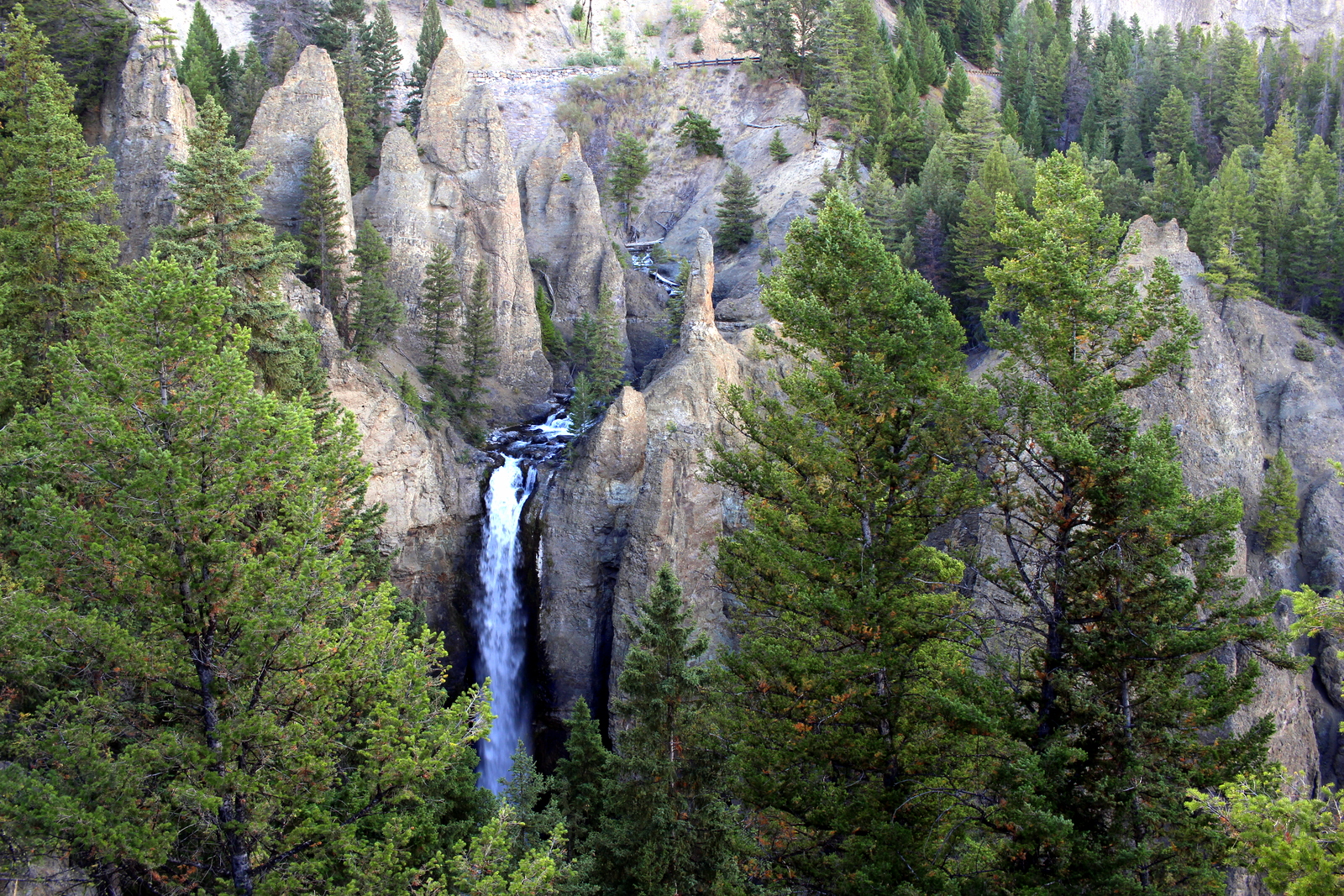Yesterday's arrival in Crater Lake was a disappointment. I put faith in the law of averages that today would be different. It was.
I'd set my alarm for 5:30 a.m the night before. I was going all in. I'd either see the most beautiful sunrise from the rim of the crater, or I'd stand on that rim and shiver while the cold fog covered everything in sight.
I'd slept awfully. It was sub-freezing, and I just wasn't prepared for that. I woke up twice in the middle of the night, with my toes so cold and numb that I thought I might've gotten frostbite in my sleep. The second time, I went to my car and found all of my towels and fleeces and stuffed the bottom of my sleeping bag with them. It didn't help much.
5:30 rolled around, and I was up and out of my tent immediately. I wanted to see whether the early alarm had been worth it. I looked straight up into the sky. I saw the Milky Way. There were no clouds. I was stoked.
I broke camp faster than I've ever broken camp. Partly, I was excited to finally get to see Crater Lake. More importantly, it was that cold. I was also racing against time. The weather report had noted that official sunrise was 6:50 a.m. Even so, I had to drive the 20 minutes up to Rim Drive and around to the Watchman Overlook, a spectacular viewpoint on the west side of the rim. And, even if sunrise was officially 6:50, I knew from experience that most of the awe-inspiring colors came earlier than that.
I made it up to the rim at 6:18. This was my first view of Crater Lake. I could tell that this was an impressive sunrise in the making.
I made it to the Watchman Overlook and stood on the lookout point, staring out over the lake and to the sun rising over the hills to the east of Crater Lake. The lake looked serene--just like how I felt in that moment.
Other people had the same idea, and soon arrived where I'd been standing alone. I figured I'd get a shot with me in it. I was just a silhouette.
As the sun continued creeping up into the sky, the colors changed ever so slightly, but ever so beautifully. In fact, looking west, outside of the crater and over my car, the sky showed an incredible range of purplish-blue colors.
But the beauty shot was when the sun actually poked out from behind the hills and begin shining its rays into the crater.
This sunrise was incredible, one of the highlights of my trip so far, for sure. The colors continued to morph, both the lake's and the sky's. What was also awesome to see was how the area outside the crater's rim was covered with low-lying clouds. The crater was above all of that--thank goodness!
As the sun continued rising, the lake became bluer and bluer. Wizard Island--which is a volcano that formed within Crater Lake (which itself is a water-filled crater formed by the collapse of Mount Mazama roughly 7,700 years ago)--provided a mesmerizing silhouette in the middle of the blue.
For fun, I took a photo of my favorite water bottle--I'd gotten it a year and a half ago, on my last visit to Portland, from Powell's, the best book store on earth.
Eventually, the sun had risen enough that the first rays began hitting the surface of the lake. That was cool.
It was now 7:15, and the best of the sunrise had passed. Because I was so cold, and didn't want to cook pancakes outdoors, I headed to the Crater Lake Lodge for hot breakfast. I then headed the trailhead for Mount Scott, the highest point in the park. I wanted to see the view from the summit.
On paper, the route wasn't particularly challenging. It was 5 miles out and back, with about 1,200 feet of elevation gain. By this point in the trip, I could do these routes in my sleep. But as soon as I began, I realized the ascent would be slightly more challenging than usual. Simply put, the trail was very snowy.
Two days earlier, it had snowed quite a bit. Yesterday, it had rained a good amount and the temps had stayed very low. So it was still around at 10 a.m. as I began.
I kept a comfortable pace going up. When I reached the first set of switchbacks, I turned around and looked at the view. It was awesome to see the lake from halfway up the mountain.
After about 45 minutes, I made it to the summit. And I saw this:
It was truly something. The layer of snow made the landscape that much more spectacular.
I spent 20 minutes at the summit taking it all in. I fiddled with some photos and videos, and even had a furry friend stop by to say hello.
I carefully made my way back down. To my surprise, most of the lower portion of the trail was completely snow-free--it had all melted within the last 90 minutes. I guess it made sense; this was snow on the west face of Mount Scott that had been in shadows for the early morning. Now that it was almost noon, the sun overhead could melt it with ease.
I felt content that I'd seen Crater Lake at sunrise and from high above. But as I drove around the rim, I was once again impressed by the deep blue color of the lake. I stopped for a picnic lunch at one of the pullout spots. I stared into the lake.
It's hard to get a sense of the scale of the lake. It was almost 6 miles wide, and almost 2,000 feet deep--one of the deepest in the world. I saw a small boat moored near the shore. That provides a sense of scale.
After eating lunch, I was ready to leave Crater Lake and head for Redwood National Park in northern California. On my way out, I noticed an area of the forest that had been hit hard by some of the forest fires in the region. The trees were shriveled up, and the earth was black ash. I pulled over to take a closer look. Some of the trees had big bulges in it (presumably because the fire had warped them?). Despite the devastation, I actually found the dead trees quite pretty. I don't know what that says about me.
I finally hit the road for Redwood. It was roughly 1 p.m.--the time I'd originally planned to be running in Redwood. I was half a day behind. But I eventually made it to northern California, and ended up running in Redwood that evening at dusk. This was a full day--one of the fullest, and most fulfilling, yet.






























